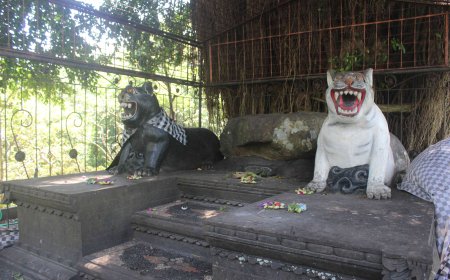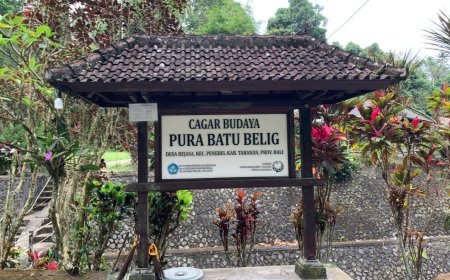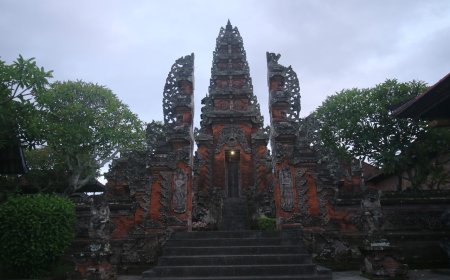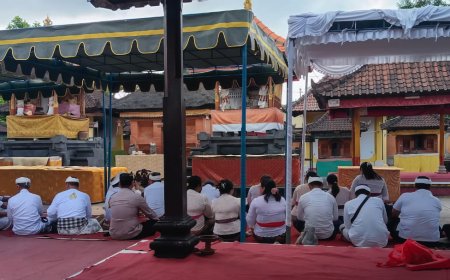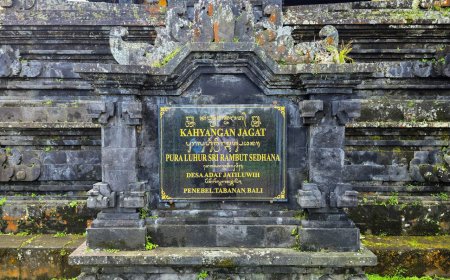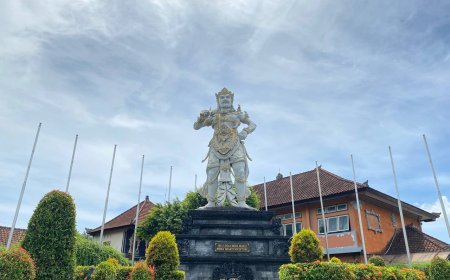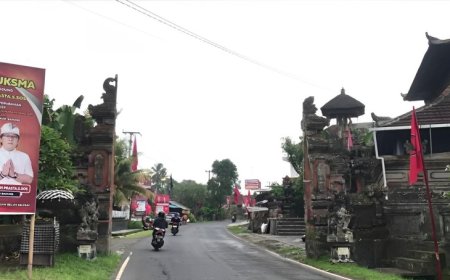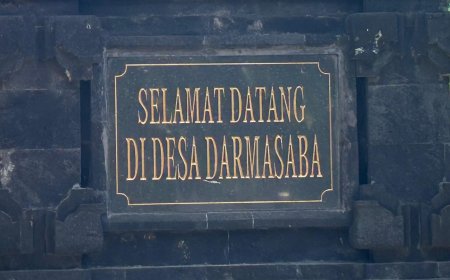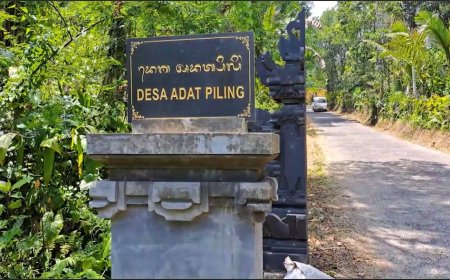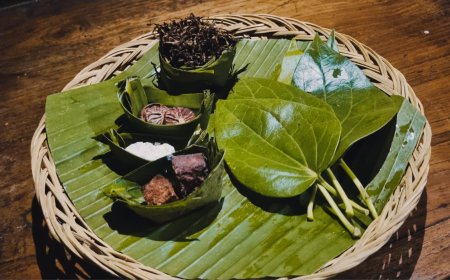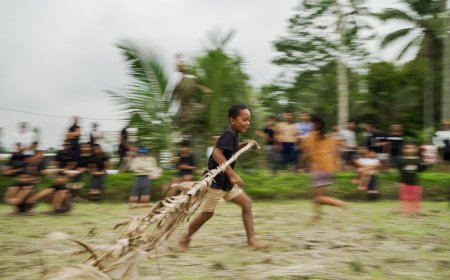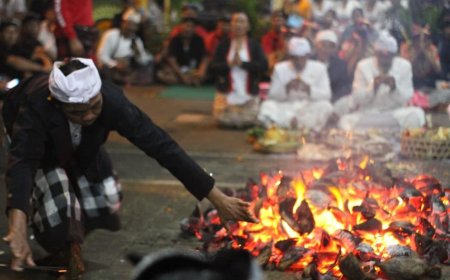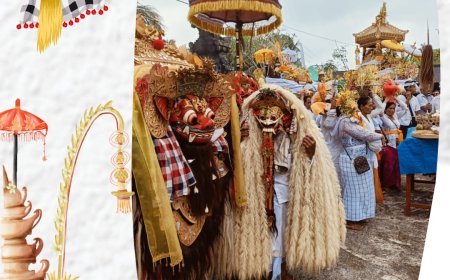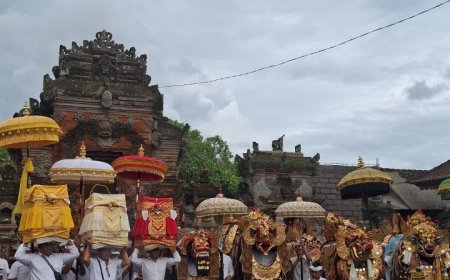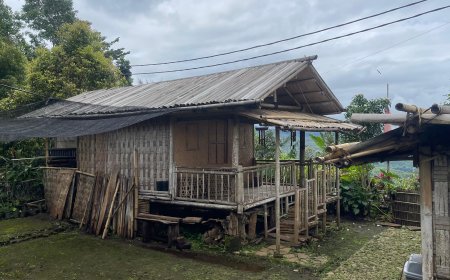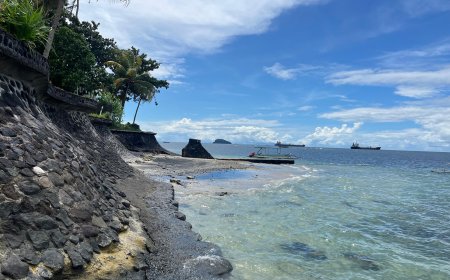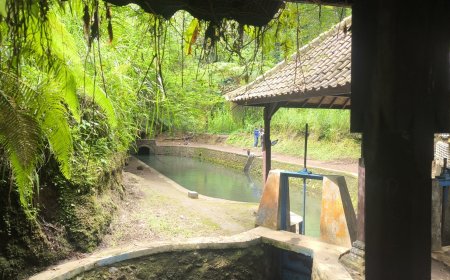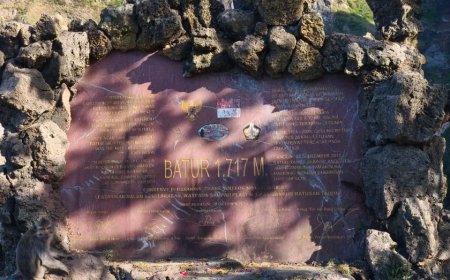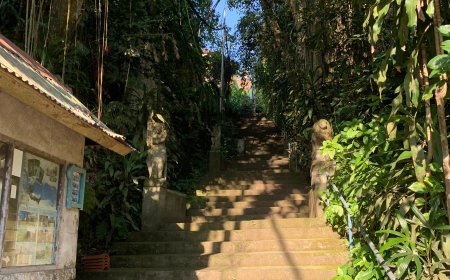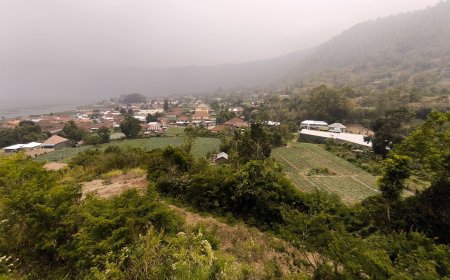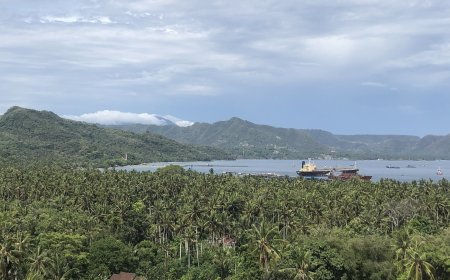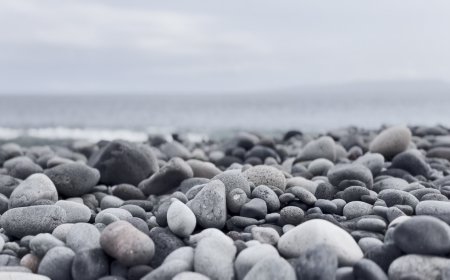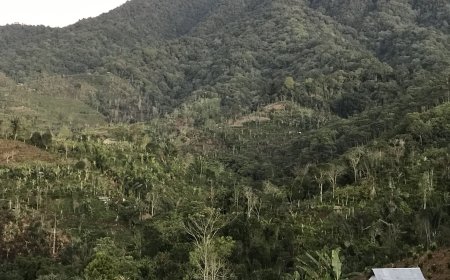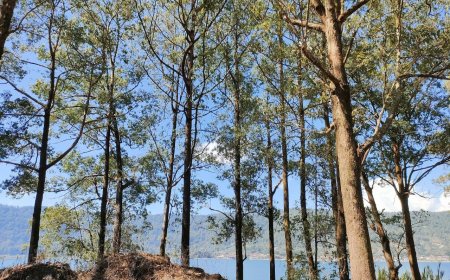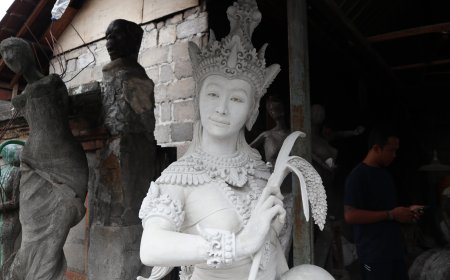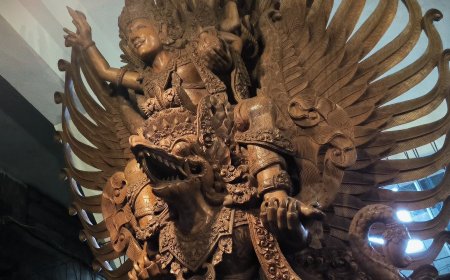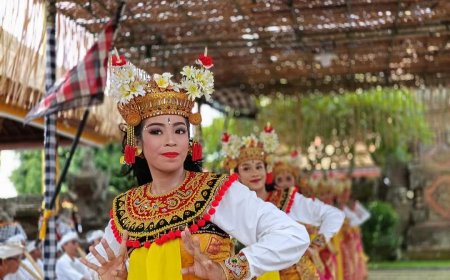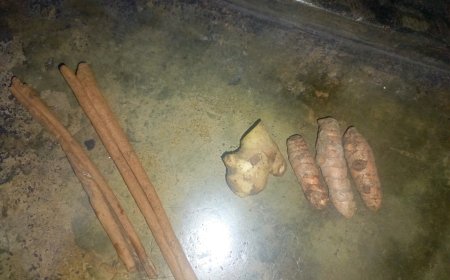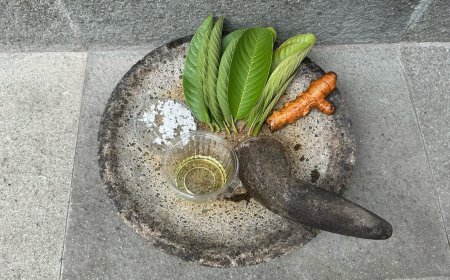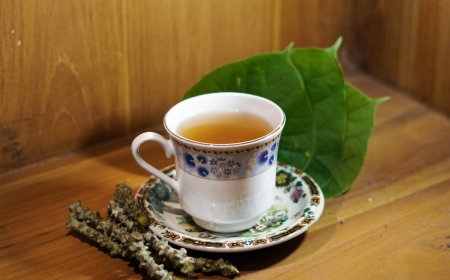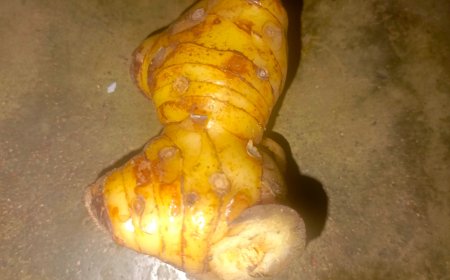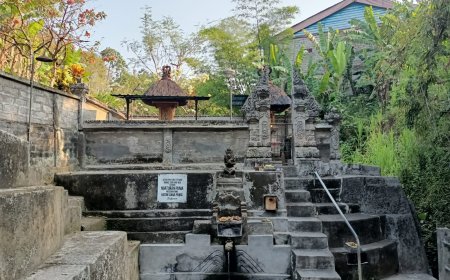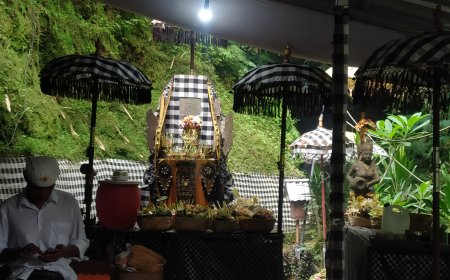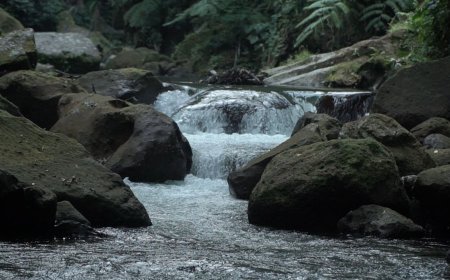Beji Pura Taman Langse: The Timeless Holy Spring of Gerih Village
Beji Pura Taman Langse, a sacred spring in Gerih Village, Abiansemal Subdistrict, Badung Regency, holds a long history, purportedly established long before other temples. The local community engages in prayers dedicated to Ida Bhatari Gangga at this temple. Beji Pura Taman Langse is also connected to Pura Taman Ayun and serves as a crucial site for seeking offspring, celebrating Melasti, and conducting annual piodalan ceremonies, depicting the continuous cultural and spiritual essence of the Gerih Adat Village community unaffected by time at Beji Pura Taman Langse.

Beji Pura Taman Langse is one of the water sources located in Gerih Village, Abiansemal District, Badung Regency. It has been present in Gerih Village for a very long time, supporting the community's life for many years. However, due to its ancient construction, there are no documents or archives recording the history of Beji Pura Taman Langse, making its development history largely unknown. It is believed that Beji Pura Taman Langse is a temple established long before the construction of Kahyangan Tiga Temple in Gerih Village as its sacred water source, though this cannot be confirmed. Another source explains that the construction of Beji Pura Taman Langse is known to have taken place concurrently with Kahyangan Tiga Temple, which is used for the purification of pralingga or petapakan.
The name "Beji Pura Taman Langse" originates from the number of spouts in the temple, which is nine. When translated to Balinese, the number nine is "Sia," gradually leading to its nickname as Beji Pura Taman Lansia. In its development, the use of the name Beji Pura Taman Lansia began to change in line with linguistic shifts and everyday trends. The community started calling it Beji Pura Taman Langse, reflecting changes over time and natural language evolutions.
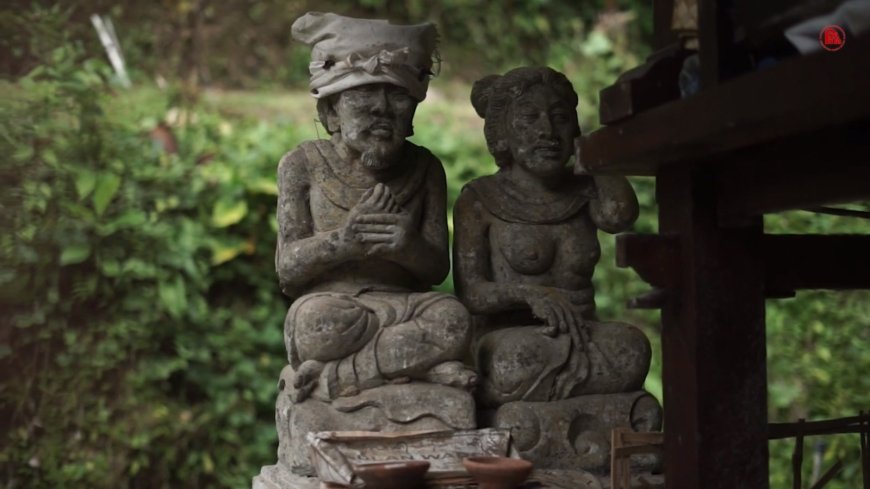
Pelinggih Lanang Wadu (Source: Personal Collection)
In the rituals conducted by the Gerih Adat Village community at Beji Pura Taman Langse, prayers are dedicated to Ida Bhatari Gangga, who resides there. The temple faces south, and among its shrines is Pelinggih Lanang Wadu, typically used by couples to pray for offspring. In addition, there is a square temple (Candi Petak) commonly found in beji or water sources in Bali. Statues named Widiadara and Widiadari are placed on both sides of Candi Petak. Two bulls, Lembu Lanang and Lembu Istri, are positioned by the pond, with the deity associated with these bulls remaining unknown. Bhatara Dewi Danu resides in Gedong Sari. Outside the temple, lions statues named Macan Lanang in the south and Macan Istri in the north add to its spiritual significance.
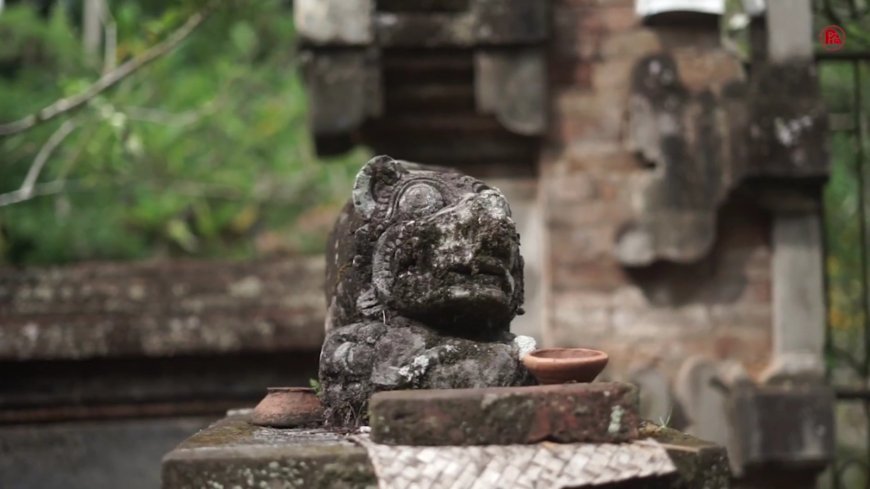
Pelinggih Macan-Macan (Source: Personal Collection)
People who seek water from Beji Pura Taman Langse usually use it as a sacred source in their family temples and temples that have no water source. It is important to note that not all temples around Gerih Village request water from Beji Pura Taman Langse. Some temples that already have their own water source gardens typically do not utilize water from this sacred place. This indicates an understanding and appreciation for the natural resources available around each temple. In addition to being a sacred water source, the Gerih Village community usually holds the Piodalan ceremony every year on Purnama Kapat. The Melasti celebration by the Gerih Adat Village community is intriguing, as they also perform the Melasti ceremony at Beji Pura Taman Langse annually during Tawur Kesanga or before Nyepi. The village conducts Melasti ceremonies at the beach every three years, while the annual event takes place at Beji Pura Taman Langse. Essentially, there is no distinction between them, and it does not diminish the significance of Melasti. This is because the essence of the Melasti ceremony itself is to purify oneself, and generally, its implementation should take place at a water source. Therefore, whether the ceremony is conducted at the beach or at Beji Pura Taman Langse, there is no difference.
To the southeast of Beji Pura Taman Langse, there are shrines dedicated to Bhatara Wisnu and Pancor Pemanahan. The shrine for Bhatara Wisnu is within Beji Pura Taman Langse, while Pancor Pemanahan is managed by a different temple priest. During the Melasti festival, people pray and collect holy water at the shrine for Bhatara Wisnu. Pancoran Pemanahan is used for ritual purposes, particularly during Ngaben ceremonies. Ngaben is a cremation ceremony conducted by Hindu adherents to return the deceased to their place of origin. Tirta pemanahan, the serene water, is used by Ida Pedanda Sang Muput during the Ngaben ceremony.
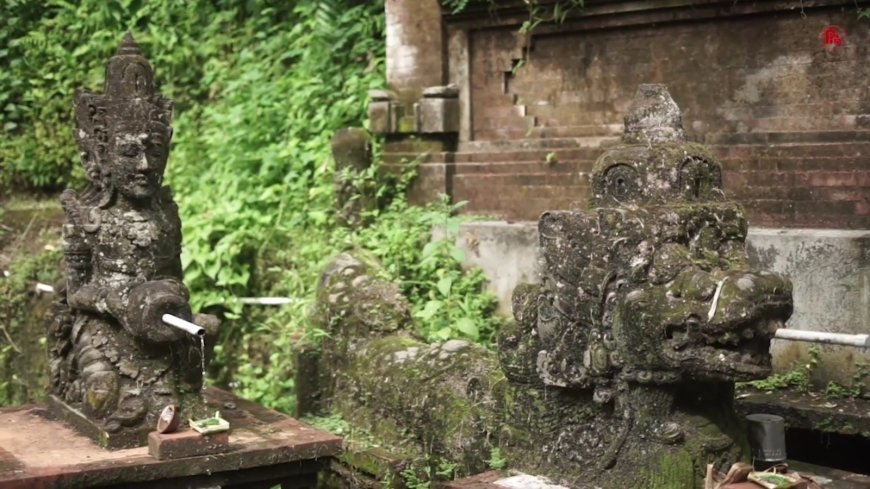
Pancoran Pelinggih Bhatara Wisnu (Left) and Pancoran Pemanahan (Right) (Source: Personal Collection)
Beji Pura Taman Langse also has a connection with Pura Taman Ayun. According to a source from Ida Bagus Oma in Gulingan Mengwi Village, it is said that the lake in Pura Taman Ayun is a replica or imitation of Beji Pura Taman Langse. It can be observed that Beji Pura Taman Langse looks like a smaller version of Pura Taman Ayun, but in reality, Beji Pura Taman Langse has been standing long before Pura Taman Ayun. The fact indicates the existence of Beji Pura Taman Langse, even long before the construction of Pura Taman Ayun.
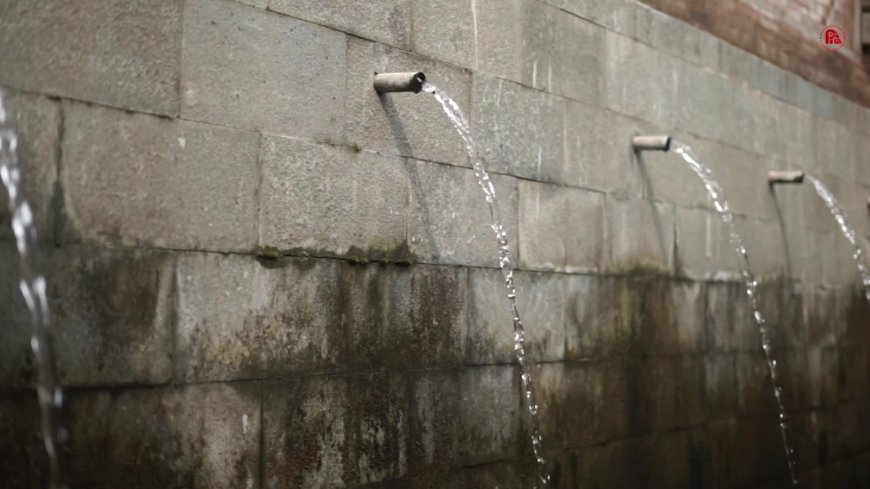
Springs outside Beji Pura Taman Langse (Source: Personal Collection)
The spring located outside Beji Pura Taman Langse serves as a vital source of life for the community of Desa Adat Gerih. In their daily lives, the people, with great respect, utilize the water from this spring for various purposes, creating a close connection between humans and nature. The presence of this spring not only provides practical benefits but is deeply rooted in the cultural and spiritual values of the community in Desa Gerih. The external spring serves as a place for bathing, obtaining drinking water, and even washing clothes and household items. This process involves the separation of water use between women and men, indicating a system of rules respected by the local community.
However, as often happens in daily life, the availability of water inside Beji Pura Taman Langse can be influenced by natural conditions such as weather and rainfall. During heavy flow in the external spring, it is not uncommon for the water in the sacred pond of Beji Pura Taman Langse to recede. In addition to everyday purposes, water from the external spring can also be a valid alternative for ritual purposes, especially when the water level inside Beji Pura Taman Langse is low.
Beliefs and religious norms related to Beji Pura Taman Langse highlight the importance of cleanliness and purity in a spiritual context. One local belief suggests that the flow of water from the external spring outside Beji Pura Taman Langse may be disrupted if visitors enter the area in a dirty state, especially during menstruation. Additionally, there is a belief that pregnant women should avoid entering Beji Pura Taman Langse. While these beliefs may not be empirically proven, they are often accepted as part of highly valued religious norms. Nevertheless, the truth of these beliefs can be subjective and dependent on individual or group interpretations.
